A gastronomic journey through Madrid: Madrid stew
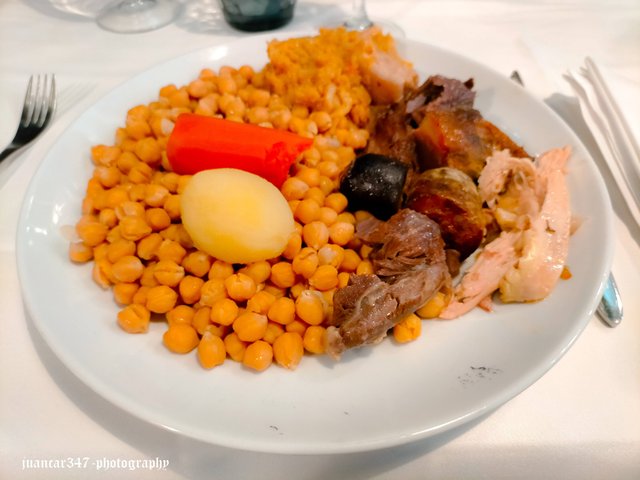
With something as succulent as gastronomy, it is difficult not to get carried away by another added pleasure, such as speculation and comparing some delicacies with those fantastic stories that in our youth entertained us so much, enlightened us and, why not say it, helped us grow.
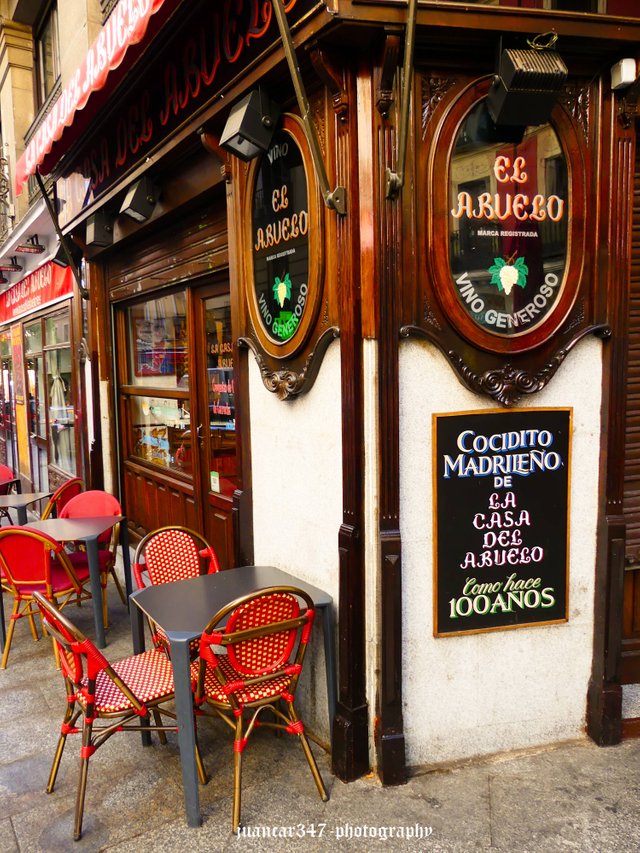
I remember, in particular, the fabulous stories of the Gauls, Asterix and Obelix, who, through a sacred potion, whose secret ingredients were cooked over a slow fire in a huge cauldron, acquired the strength of a hundred men, the two of them being enough to beat up an entire cohort of suffering Roman legionaries.
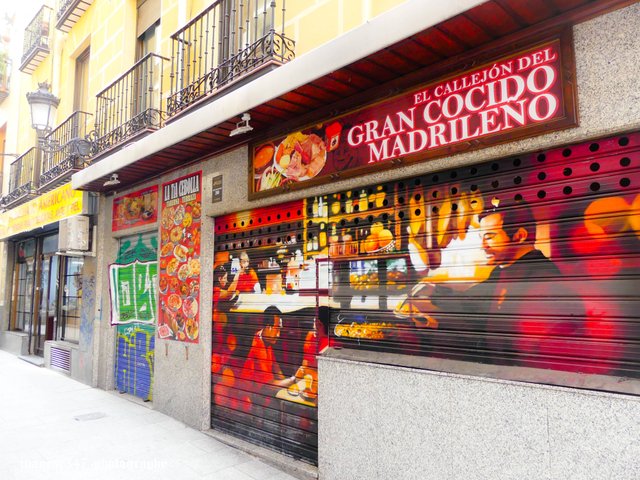
In a certain way and, of course, keeping in mind the differences, the same could be said to occur with one of the star dishes of our rich and varied gastronomy: its majesty, Madrid stew.
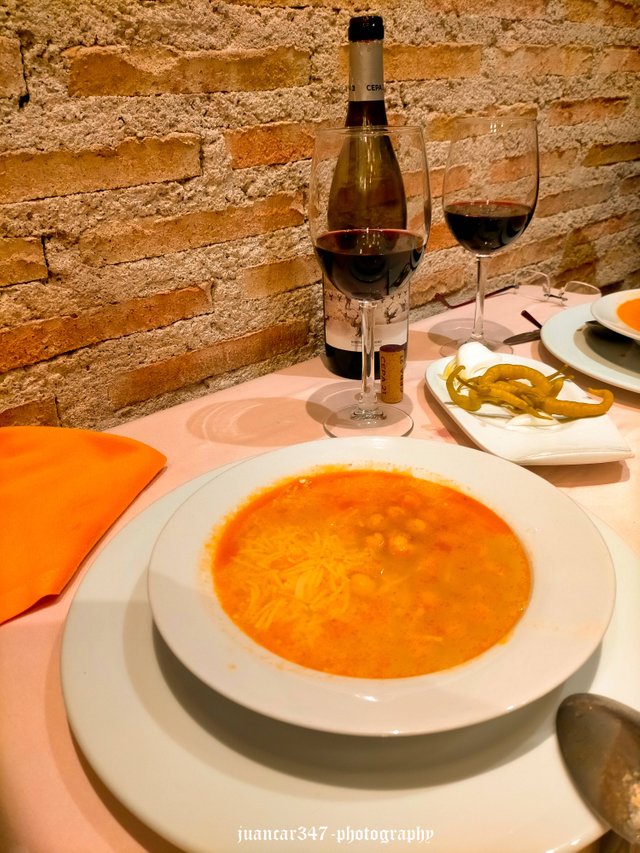
A consistent, strong and supremely exquisite dish, whose surprising mix of elements, apart from enriching the flavour of the soup, traditionally made of noodles, provides enough calories to make Asterix and Obelix's magic potion seem like child's play.
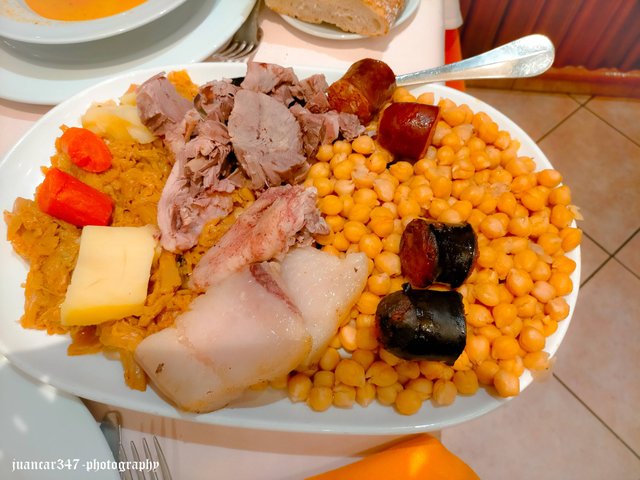
Its origins are uncertain and although some want to see its precedents in the so-called 'manchegan stew', I personally think that these are earlier and possibly medieval, the result of those times when there were great shortages and everything that could be cooked ended up in the pot and that, like everything in life, it evolved over time, until it became the superb dish that it is today.
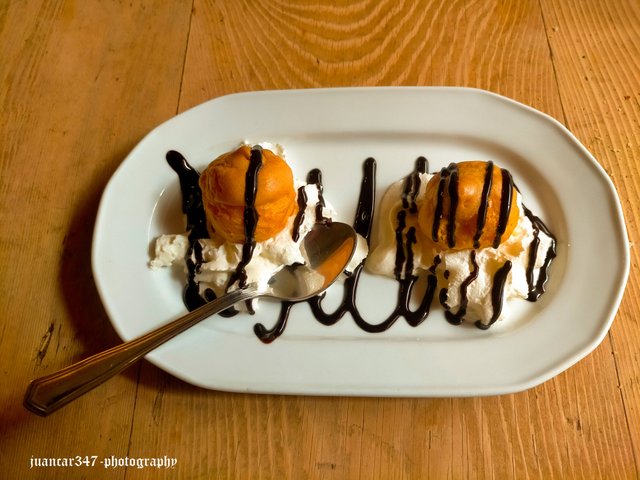
A dish that basically consists of soup, usually noodles, accompanied by a hearty garnish of provisions, such as potatoes, chickpeas, cabbage, a good portion of lean meat, a quarter of a chicken and where there is also the presence of typical products of the pig slaughter, such as chorizo, blood sausage and bacon.

Such a succulent and consistent dish, it also has its alternative legends, which, in addition, ended up becoming a custom. For example, the so-called "maragato stew" from León, which is exactly like the "stew from Madrid", but unlike the latter, it is eaten in reverse: it starts with the main course, that is, the meat, the chicken, the chorizo, the blood sausage and the bacon, then continues with the potatoes, the chickpeas and the cabbage and ends with the soup, in the belief that, in times of war, the combatants had to be as well fed as possible to face battles that no one knew when they might break out. If we add to this the presence of a good wine on the table, for example, a good Rioja or a good Ribera del Duero - I am particularly in favour of the latter - the experience, in addition to being brutal, will leave you in good condition to run as many marathons around Madrid as necessary and, in many cases, leaving you so satisfied that you might even skip dessert, something that, on the other hand, you should not do with a good digestive, such as a glass of herbal liqueur or, as in my case, a good snack of cream of orujo, after a good coffee.
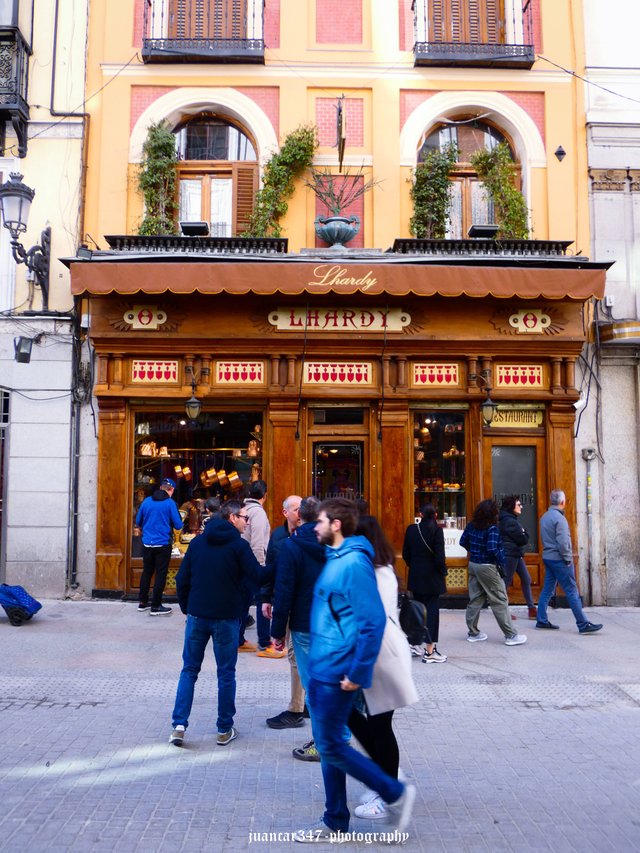
Finally, I would like to point out that there are many legendary places in Madrid where you can enjoy an excellent stew, especially now, when the cold of winter is already looming around the corner and, as surprising as it may seem, especially at weekends, there are so many reservations that it is impossible to find a place without having requested it at least a month in advance: Lhardy, La Taberna de la Daniela, La Cruz Blanca or La Taberna del Abuelo are some of these restaurants, which, in terms of stew, constitute what, metaphorically speaking, could be considered as the 'Invincible Armada' of restaurants.

And if your stomach still allows it, you can accompany it with a good gin and tonic after, of course, a rewarding walk through the excellences of Madrid.
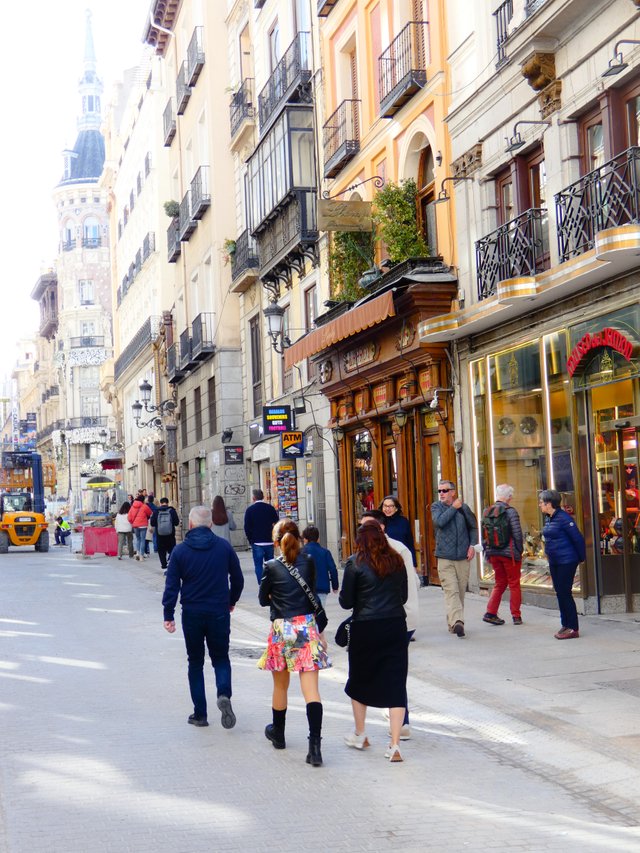
NOTICE: Both the text and the accompanying photographs are my exclusive intellectual property and therefore, are subject to my Copyright.
